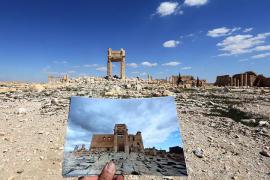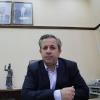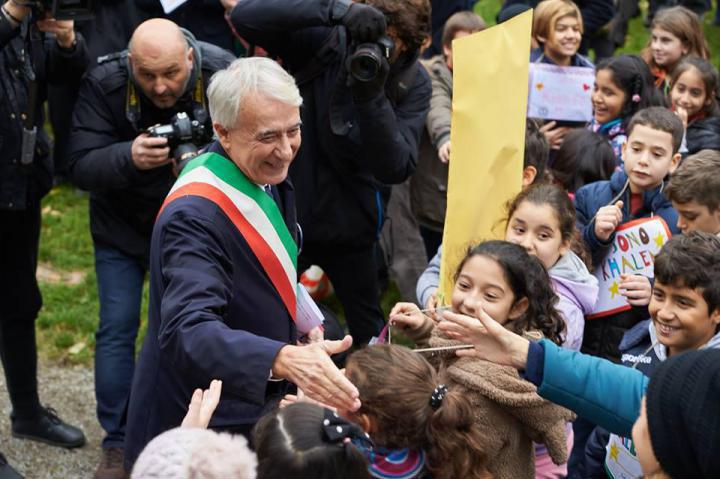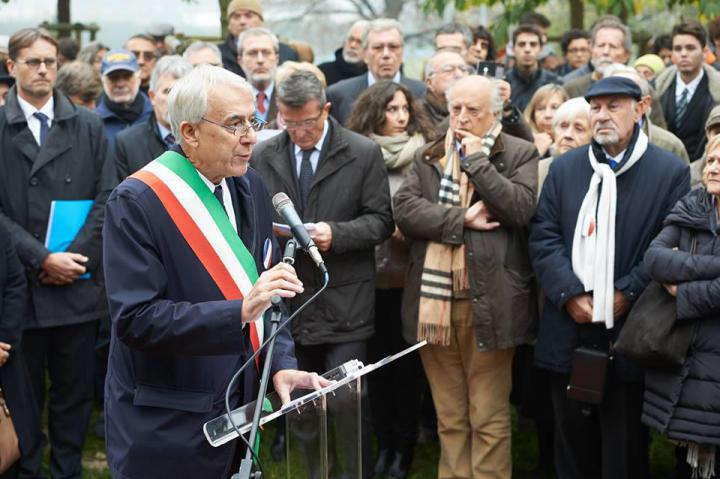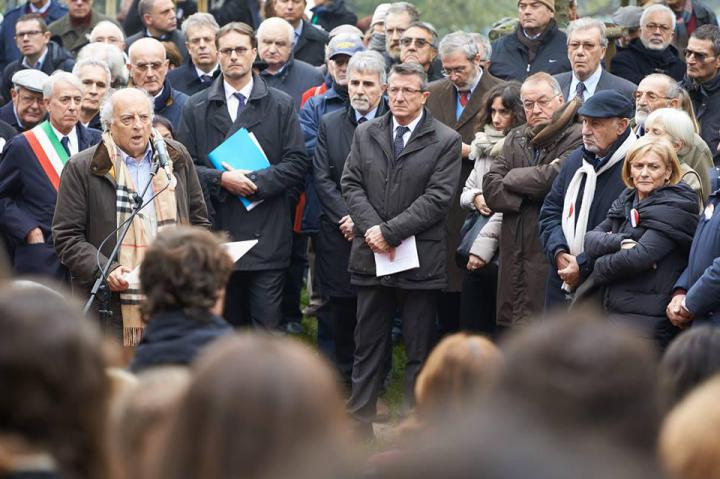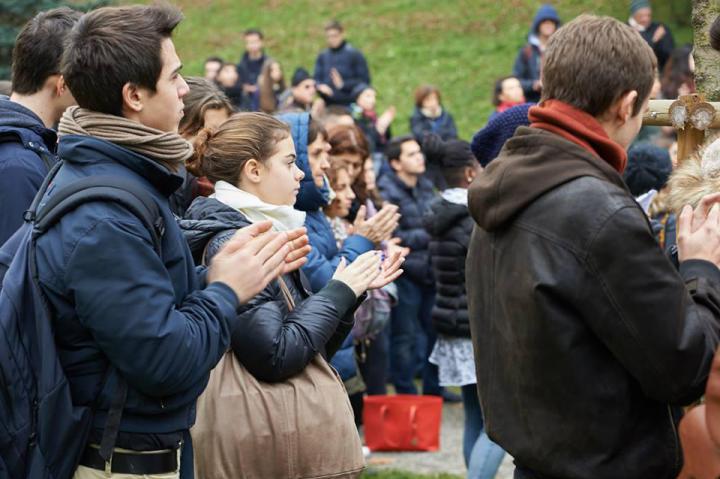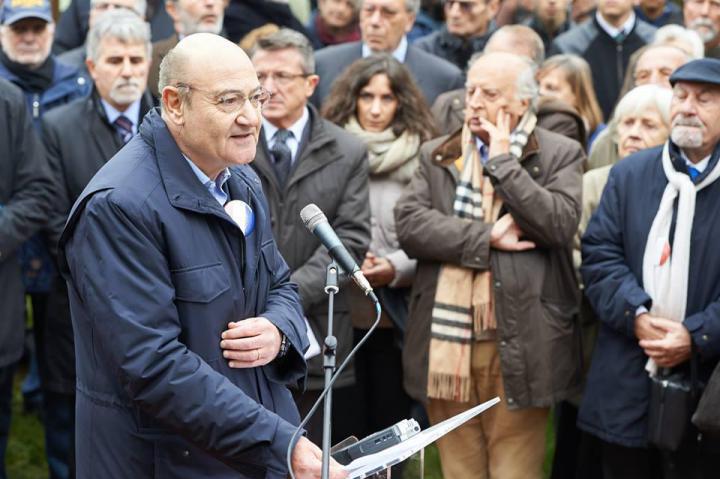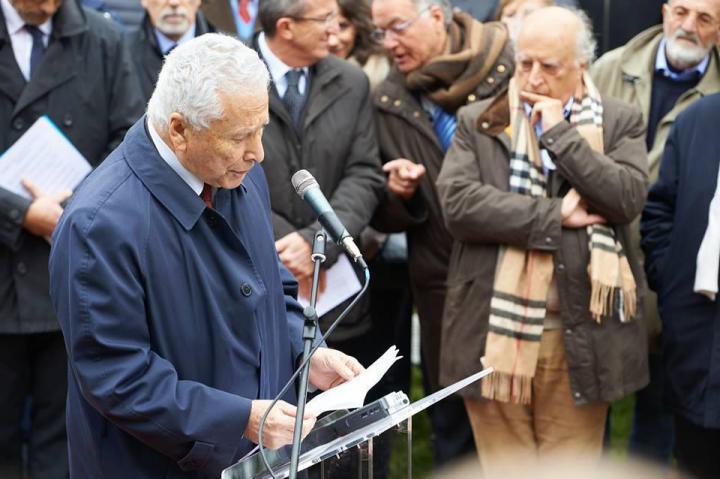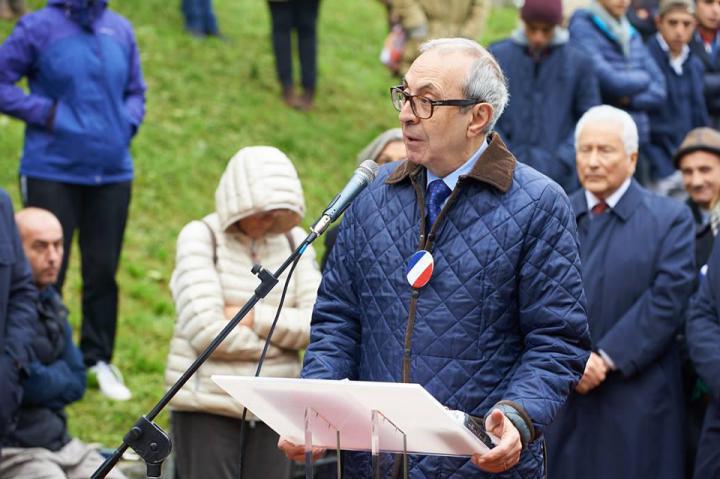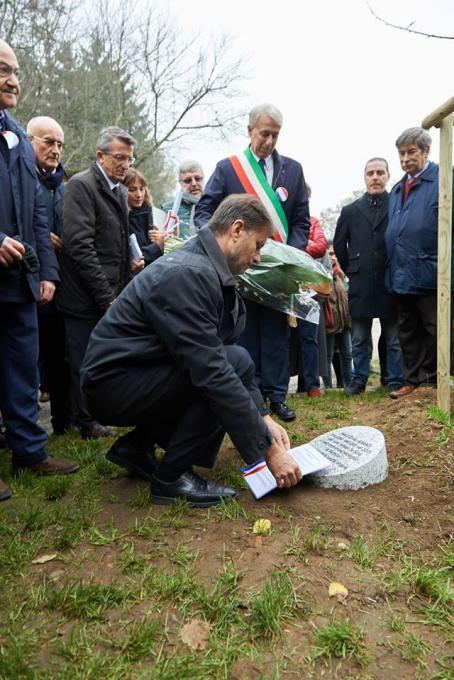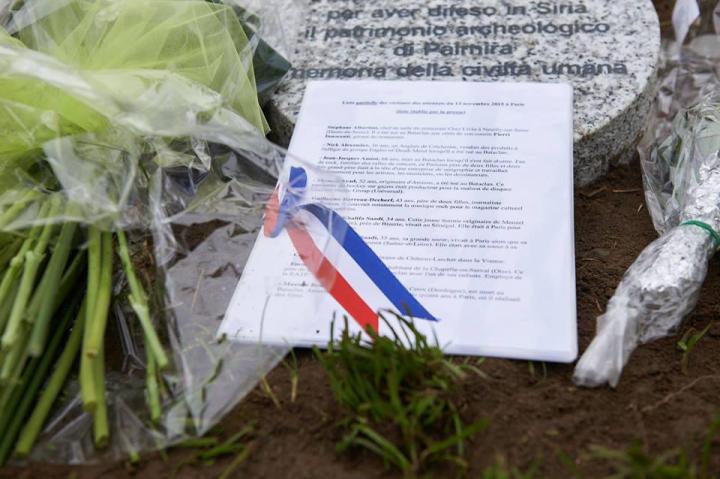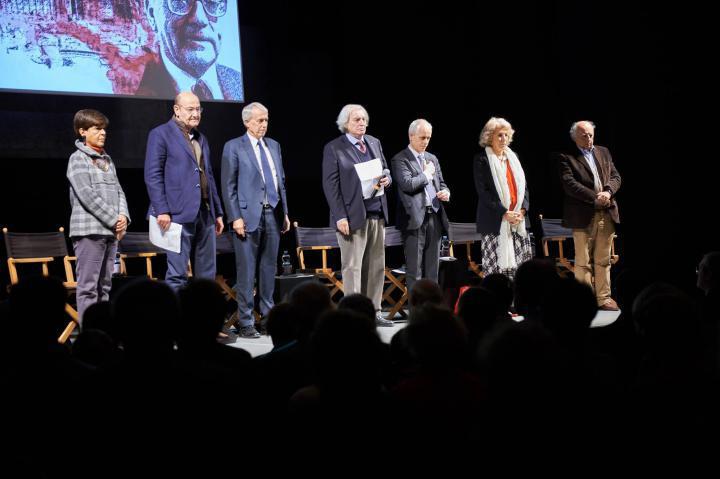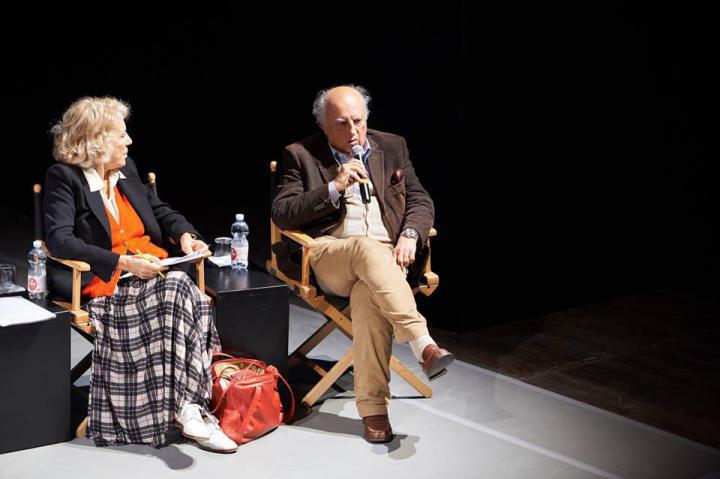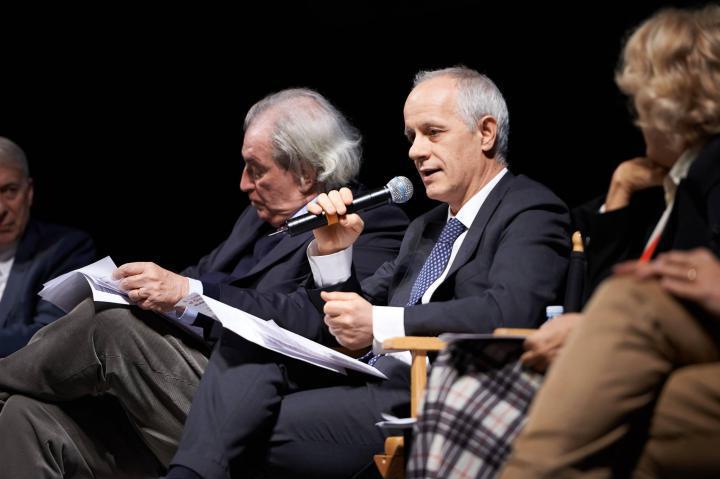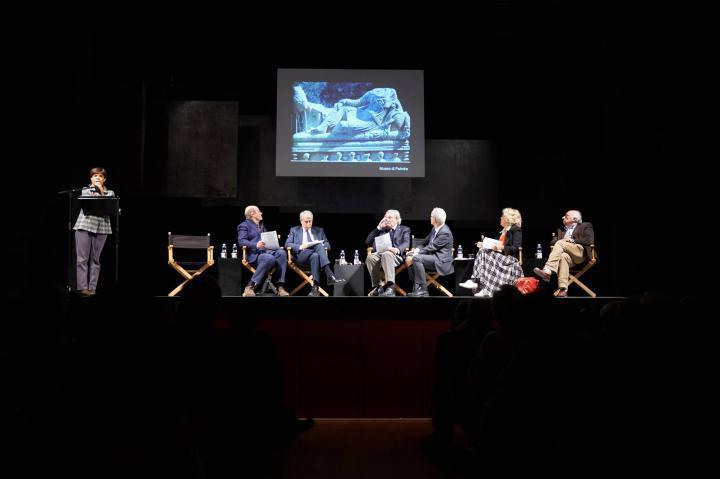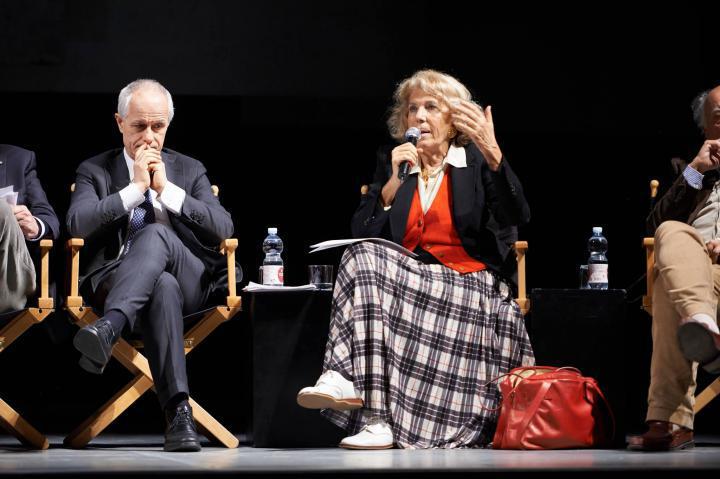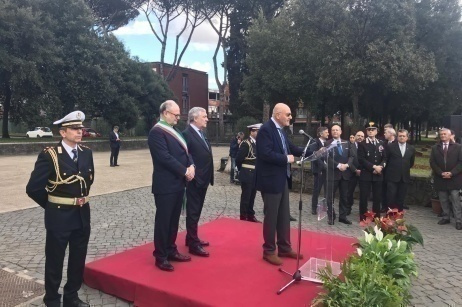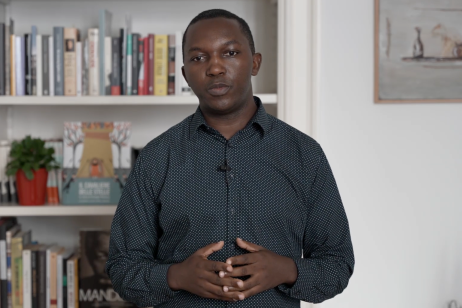Palmyra, pearl of the desert, contains the ruins of a great city. Its art and architecture between the first century BC and the third century AD blended Greek and Roman techniques, local traditions and Persian influences.
Palmyra, or Tadmur, was known centuries before the Greco-Roman eras, and during Roman rule its oasis was a station for caravans from the Roman principality in Syria. Its importance rose because of its position along the Silk Road, linking trade routes in Persia, India and China with the Roman empire – a crossroads of the ancient world.
When it was invaded by the Daesh terrorist group in May 2015, the ancient city faced an unknown fate. The terrorists destroyed the Lion of al-Lat statue, which dates back to the 2nd century AD, at the entrance of the Palmyra museum.
They transformed the museum into a court and dungeon, and blew up two Islamic shrines near the ruins. Daesh sought to obliterate Syria’s cultural and historical landmarks. They destroyed the Temple of Baalshamin, much of the Temple of Bel, the Arch of Triumph [Monumental Arch] and dozens of tower tombs.
Theft and looting became commonplace and grave robbers descended on the burial chambers to find antiquities they could sell to fund their terrorist operations. In August they beheaded the antiquities scholar Khaled al-Asaad, mutilated his corpse, tied it to a pole and left it there for people to see.
Faced with this dark scene, we called on the international community to stand with us in this cultural battle.
On March 2016, Syria’s army recaptured the site and liberate Palmyra the from Daesh terrorist group and we were able again to have a quick access to the site. We need time to assess the full extent of damage in Palmyra, as you know Syrian army in Palmyra are now dismantling explosive booby traps planted by Daesh, and we still awaiting clearance.
However, despite the unsafely situation a quick survey was done by few experts from DGAM, they were be able to assess the destruction, providing photographs from limited areas in the site.
The life of the Syrian people rests on their cultural identity and Palmyra represent one of the unique and exceptional site not for the Syrian alone but for all the world. We will bring life back to Palmyra and we are going to restore the site as a message against terrorism. Documenting the extent of damage and defining the recovery plan with our partners from the international experts and organizations, will be our priority in the next days.
I know that the plans to restore Palmyra to its former glory are grand but we can make it, if it is treated as a task of global mission under the international criteria. The next phase could open a dialogue with the experts in ways in which we might be able to work together to recover this significant place.
The DGAM carried before the rehabilitation works, some to resolve the damages caused during the conflict, and some according to our regular yearly restoration plans to the historical monuments and archaeological sites. The Works to resolve damages during the conflict were in Homs old city, Maaloula and Krac des chevaliers during 2014-2015.
We are looking forward to cooperate with the concerned Italian cultural institutes especially they have an exceptional experience and long strong relation with the Syrian cultural Heritage.



